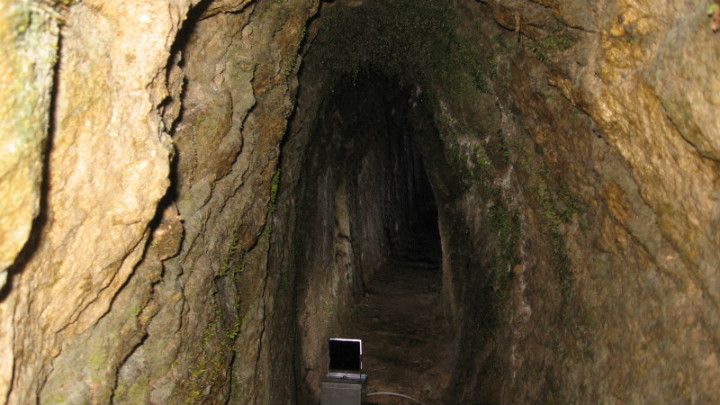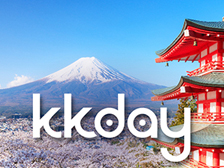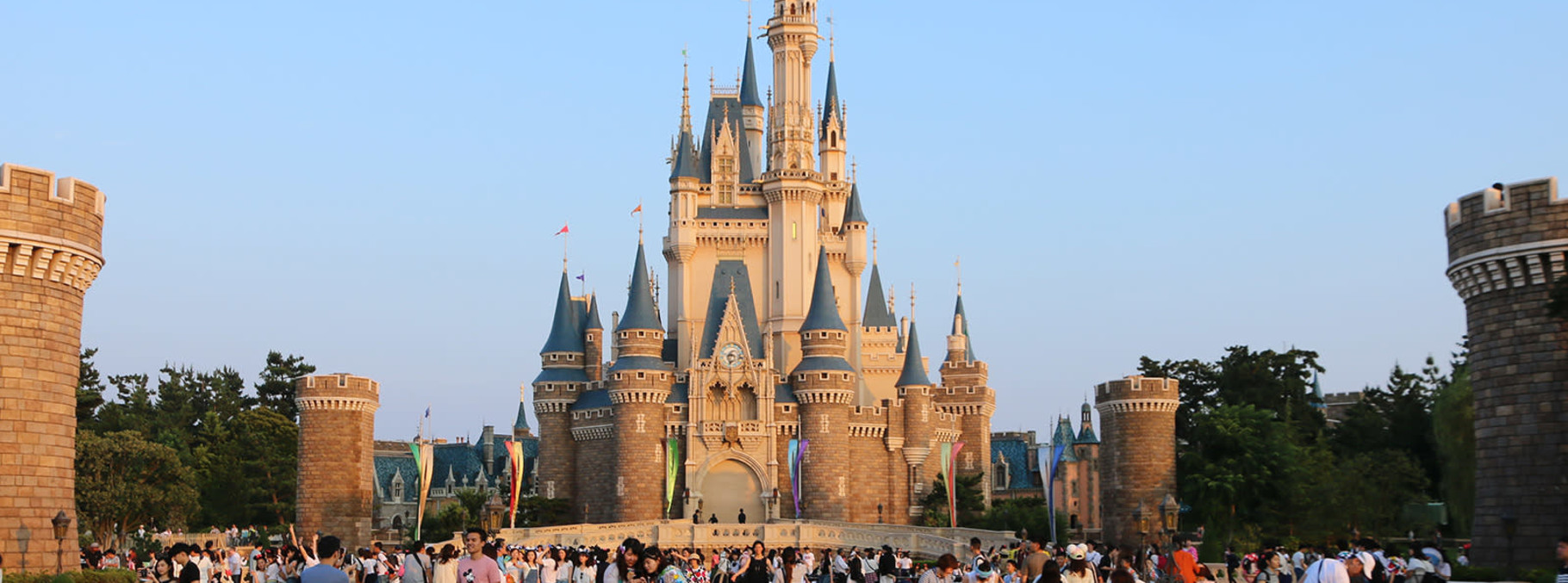Iwami Ginzan


(Source: Diary of my trip)
Ryugenji-mabu, where the marks of a chisel still remain
Ryugenji-mabu is one of the mabu, the entrance of the mine, called "Ojiki-yama" that was controlled by the government of Edo. This is the only mabu where you can pass through among the mabu that are open to the public. With the technology at that time, the laborers could only dig 30 centimeters a day. From the remains of chisel marks in the pit and Iwami-Ginzan Emaki, a paper scroll written during the Edo period, you can see how hard the work was for the laborers. (Entrance fee: 410 yen)

(Source: 晴徨雨読)
Overwhelming and distinctive atmosphere "Shimizudani Seirenjo-ato"
Shimizudani Seirenjo-ato is the remains of a modern smelting factory built in 1895. Since they couldn't make profit due to the quality of ores, the factory was closed after a year and half later. The eight-stepped stone wall is 33 meters high and was created by using the slopes of the valley. Currently, it is a ruin covered by plants and has a distinctive atmosphere. The actual appearance is spectacular and you will surely be overwhelmed.

(Source: pixta)
Omori region with a retro townscape
In Omori region, the townscape of the ancient period still remains. You can find many retro motifs all around the town, you will feel as if you traveled back in time. Let's take a stroll and indulge in the atmosphere of old Japanese houses. There are many cafes and shops where you can enjoy shopping.

(Source: pixta)
Iwami Ginzan World Heritage Center
In Iwami Ginzan World Heritage Center, you can learn about the history and mining technology with a diorama of the whole site of the silver mine, experience of holding 30 kilograms of silver chunk and visiting exhibition room where they replicated the part of “Okubo mabu” down to the smallest detail. Since this is an experience-based facility, people of all ages can enjoy. (Admission fee 300 yen)

(Source: ねこカンの自転車日本一周生存報告書)
Yunotsu Onsen where you can enjoy the atmosphere of a historical onsen town
Yunotsu Onsen thrived since a long time ago because of the location near Iwami Ginzan. This is the hot spring that only enthusiasts know about and the onsen town is also elegant. The retro town where old buildings are crammed is a prime spot to take a stroll after taking a bath.

(Source: とりあえずコーヒーでも。)

(Source: Diary of my trip)
Ryugenji-mabu, where the marks of a chisel still remain
Ryugenji-mabu is one of the mabu, the entrance of the mine, called "Ojiki-yama" that was controlled by the government of Edo. This is the only mabu where you can pass through among the mabu that are open to the public. With the technology at that time, the laborers could only dig 30 centimeters a day. From the remains of chisel marks in the pit and Iwami-Ginzan Emaki, a paper scroll written during the Edo period, you can see how hard the work was for the laborers. (Entrance fee: 410 yen)

(Source: 晴徨雨読)
Overwhelming and distinctive atmosphere "Shimizudani Seirenjo-ato"
Shimizudani Seirenjo-ato is the remains of a modern smelting factory built in 1895. Since they couldn't make profit due to the quality of ores, the factory was closed after a year and half later. The eight-stepped stone wall is 33 meters high and was created by using the slopes of the valley. Currently, it is a ruin covered by plants and has a distinctive atmosphere. The actual appearance is spectacular and you will surely be overwhelmed.

(Source: pixta)
Omori region with a retro townscape
In Omori region, the townscape of the ancient period still remains. You can find many retro motifs all around the town, you will feel as if you traveled back in time. Let's take a stroll and indulge in the atmosphere of old Japanese houses. There are many cafes and shops where you can enjoy shopping.

(Source: pixta)
Iwami Ginzan World Heritage Center
In Iwami Ginzan World Heritage Center, you can learn about the history and mining technology with a diorama of the whole site of the silver mine, experience of holding 30 kilograms of silver chunk and visiting exhibition room where they replicated the part of “Okubo mabu” down to the smallest detail. Since this is an experience-based facility, people of all ages can enjoy. (Admission fee 300 yen)

(Source: ねこカンの自転車日本一周生存報告書)
Yunotsu Onsen where you can enjoy the atmosphere of a historical onsen town
Yunotsu Onsen thrived since a long time ago because of the location near Iwami Ginzan. This is the hot spring that only enthusiasts know about and the onsen town is also elegant. The retro town where old buildings are crammed is a prime spot to take a stroll after taking a bath.

(Source: とりあえずコーヒーでも。)






